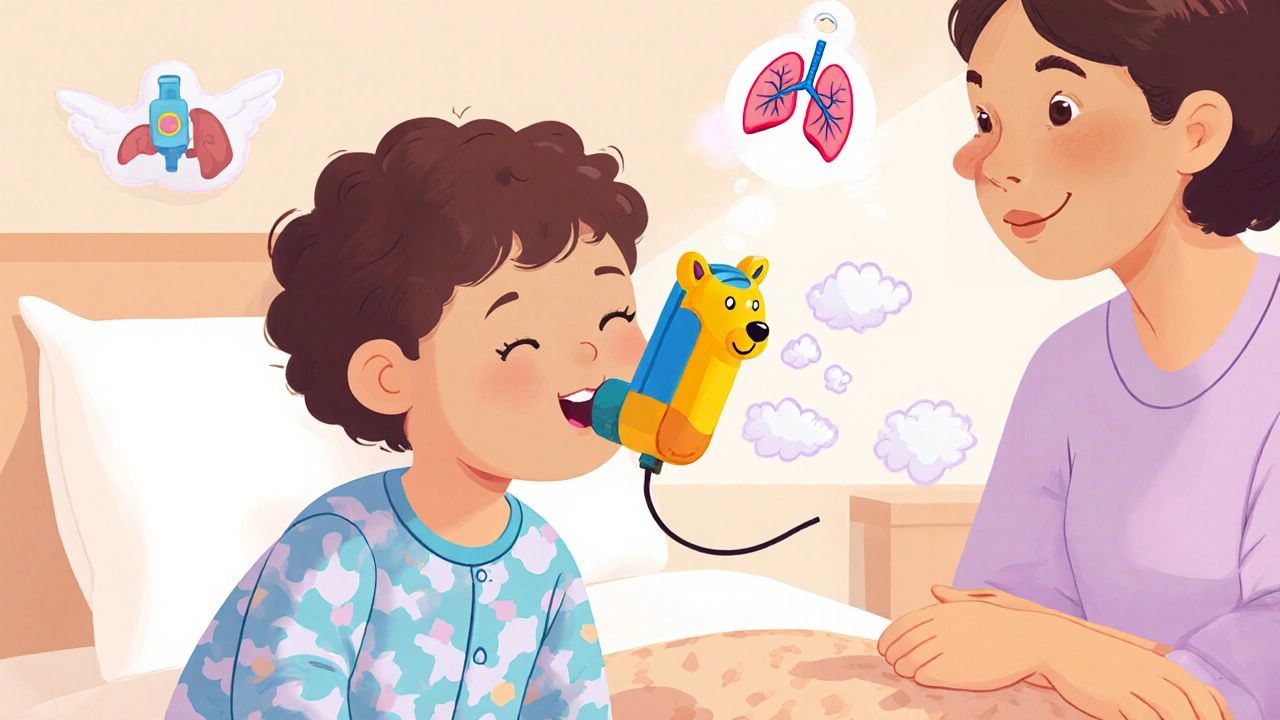COPD Delivery Methods: Inhalers, Nebulizers, and What Actually Works
When you have COPD, Chronic Obstructive Pulmonary Disease, a progressive lung condition that makes breathing difficult. Also known as chronic bronchitis or emphysema, it affects millions who rely on daily medication to stay active. But taking the right medicine isn’t enough—how you get it into your lungs matters just as much. The wrong delivery method can mean wasted doses, poor symptom control, or even hospital visits.
Inhalers, handheld devices that release medication in a puff. Also known as MDIs or DPIs, they’re the most common way to deliver COPD drugs like bronchodilators and steroids. But if you don’t coordinate your breath with the puff, up to 80% of the dose lands in your mouth instead of your lungs. Dry powder inhalers (DPIs) don’t need a spacer, but they require a strong, fast inhale—something many older patients struggle with. Metered-dose inhalers (MDIs) need a spacer for best results, especially if your hands or coordination aren’t what they used to be.
Nebulizers, machines that turn liquid medicine into a mist you breathe in through a mask or mouthpiece. Also known as aerosol generators, they’re slower but easier for people with severe COPD, shaky hands, or trouble coordinating breath. Think of them as the low-effort option: you sit down, turn it on, and breathe normally for 10 to 15 minutes. They’re great for morning routines or flare-ups, but bulky and noisy. Many patients use them at home, not on the go.
Then there’s oxygen therapy, a treatment that boosts oxygen levels in your blood when your lungs can’t do it alone. Also known as supplemental oxygen, it’s not a drug delivery method per se, but it’s often used alongside inhalers for advanced COPD. It doesn’t treat the disease, but it helps you breathe easier, sleep better, and live longer. Portable oxygen tanks or concentrators let people stay mobile, but they require careful planning—running out mid-day can be dangerous.
Some patients need combination approaches. A nebulizer for morning relief, an inhaler for quick relief during walks, and oxygen at night. It’s not one-size-fits-all. Your doctor doesn’t just prescribe a drug—they prescribe a delivery system that matches your strength, lifestyle, and lung function. Many people stick with what’s familiar, even if it’s not the most effective. Others switch after a bad experience: a missed dose, a coughing fit, a trip to the ER.
What you’ll find below are real comparisons and experiences from people who’ve tried every option. You’ll see which inhalers work best for shaky hands, why some nebulizers are quieter than others, and how oxygen therapy fits into daily life. No fluff. No marketing. Just what actually helps people with COPD breathe easier—day after day.
Nebulizers vs. Inhalers: Which One Really Works Better for Asthma and COPD?
Nebulizers and inhalers both treat asthma and COPD, but which one actually works better? Learn the science, cost differences, and who should use what-with real data and practical advice.
View More
